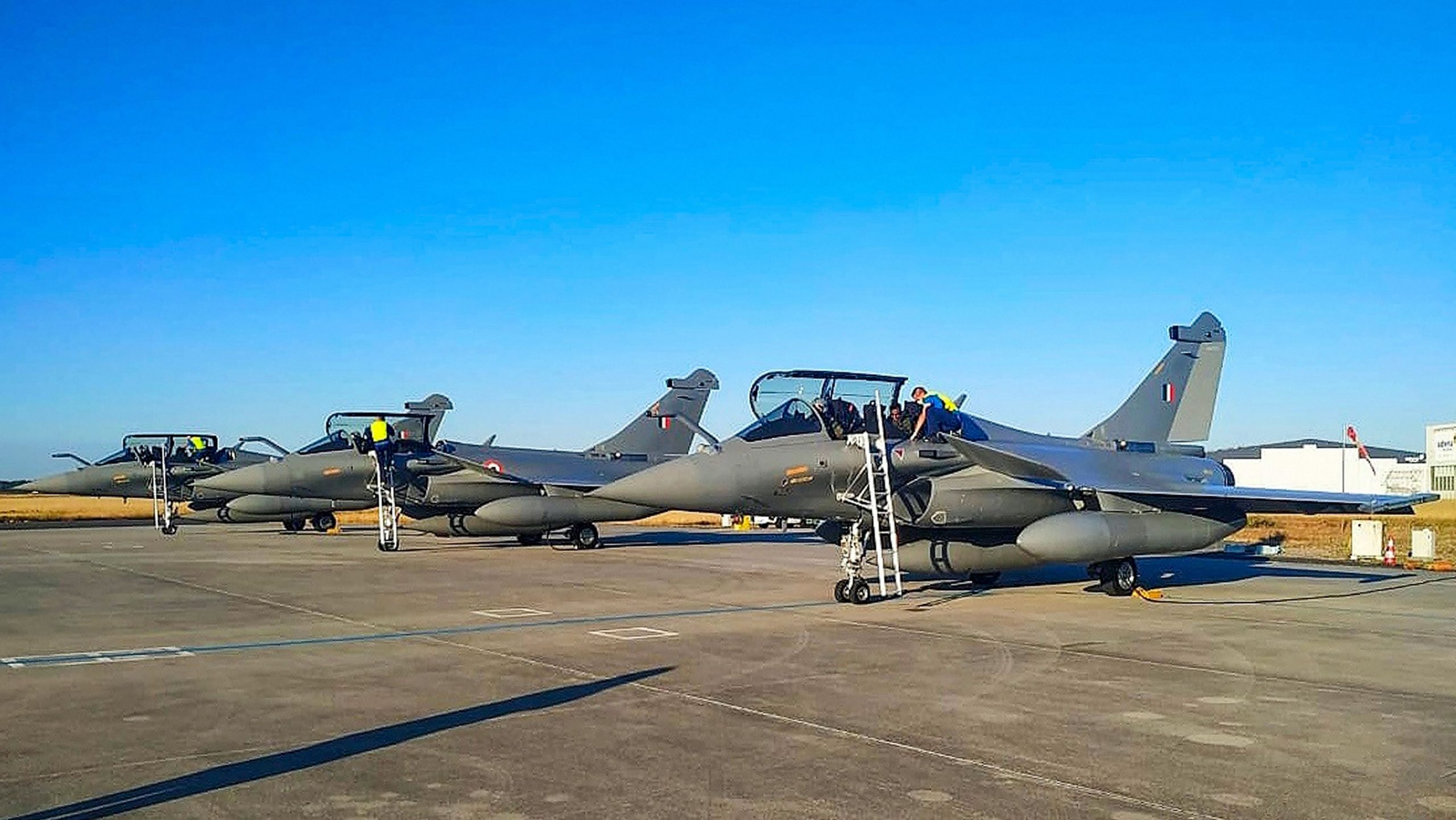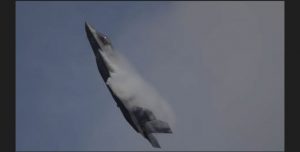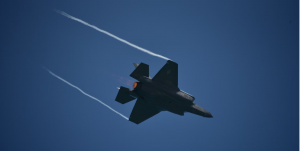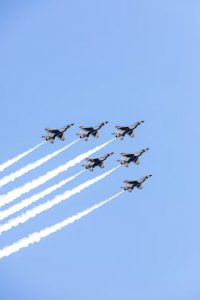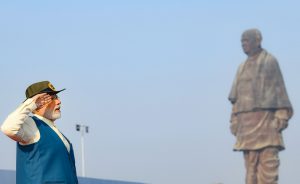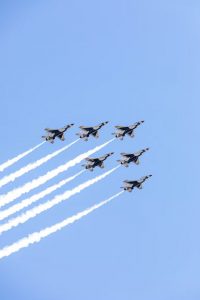India welcomed Rafale as the first squadron of 5 jets that took off from Dassault aviation facility, Merignac, France on Monday, arrived in Ambala on Wednesday. The fourth-generation aircraft, which is regarded as the best in the fleet of Indian Air Force, will be inducted at Air Force Station Ambala. Meanwhile, the final induction ceremony is planned for the second-half of August.
The induction of Rafale is also expected to ‘fix the fighter gap’, an issue left unaddressed, according to experts. Also, as reports suggest, the IAF has already completed its preparations, with the required infrastructure and training of pilots, to receive the aircraft.
With the induction of Rafale, India will have 7 fighter aircraft.
Here are the other fighter jets in India’s arsenal:
Dassault Mirage 2000/ Vajra

A fourth-generation French fighter, designed in the late 1970s, Mirage 2000 is one of the best aircraft in IAF’s fleet. The aircraft was renamed as ‘Vajra’ in India. Though in its first decade of service, the fleet had operational and maintenance issues, it had a game-changing role in the Kargil war.
Mirage currently serves in 9 nations. It has a maximum speed of 2495 km/hr. It carries two 30 mm integral cannons and two matra super 530D medium-range and two R-550 magic II close combat missiles on external stations.
Mikoyan MiG-21 BISON

MiG 21 is the first and most-produced supersonic jet aircraft in the history of aviation. According to IAF, it forms the “backbone of Indian fighters.” It is a single-engine and single-seater aircraft of Russian origin which has a maximum speed of 2230km/h.
It also carries one 23mm twin-barrel cannon with four R-60 close combat missiles. Six decades after its maiden flight in 1955, it continues to serve in more than 60 countries. It also played a key role in the India Pakistan War of 1971.
SEPECAT Jaguar/ Shamsher

A brainchild of French and British Air Force, SEPECAT Jaguar is known as Shamsher in India. It was developed in 1968. It has a maximum speed of 1350km/h and has two 30mm guns.
The aircraft can also carry two R-350 Magic CCMs (overwing) along with 4750 kg of external stores. It is employed in the close air support and nuclear strike role. Jaguar was applauded for its reliability during the Gulf War. However, they can’t fly high altitude with a heavy load on board.
Mikoyan MiG-29/ Baaz

A twin-engine, single-seater aircraft introduced in the 1970s, MiG-29 is of Russian origin. It has a maximum speed of 2445 km/h. It is called as Baaz in India.
Exported to more than 30 nations, India is one of the largest exporters of this jet. It was employed during the Kargil war. It can hold a 30 mm cannon along with four R-60 close combat and two R-27 R medium-range radar-guided missiles.
Sukhoi Su-30

One of the most advanced fighter jets, Su-30 is built in India by HAL with a license agreement with Russia. It has a speed of 2120 km/h and has a maximum takeoff weight of 38,800 kg. It is capable of carrying a variety of medium-range guided air to air missiles with active or semi-active radar or Infrared homing close range missiles. It had its maiden flight in 1989.
HAL Tejas

Manufactured by HAL, Tejas is India’s first indigenously built fighter aircraft. The project was a part of the Light Combat Aircraft (LCA) programme, which began in the 1980s to remove India’s aging MiG-21 fighters.

